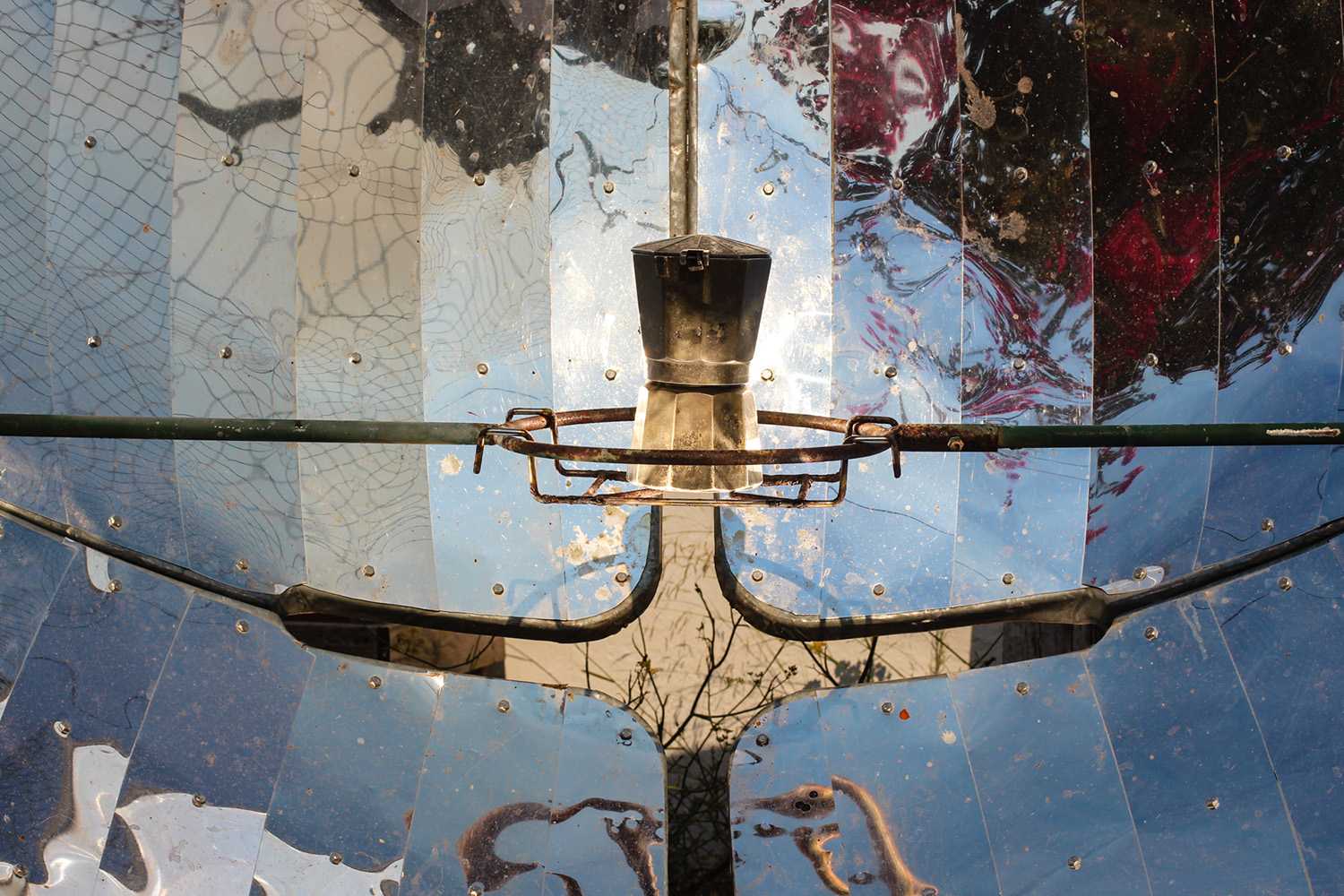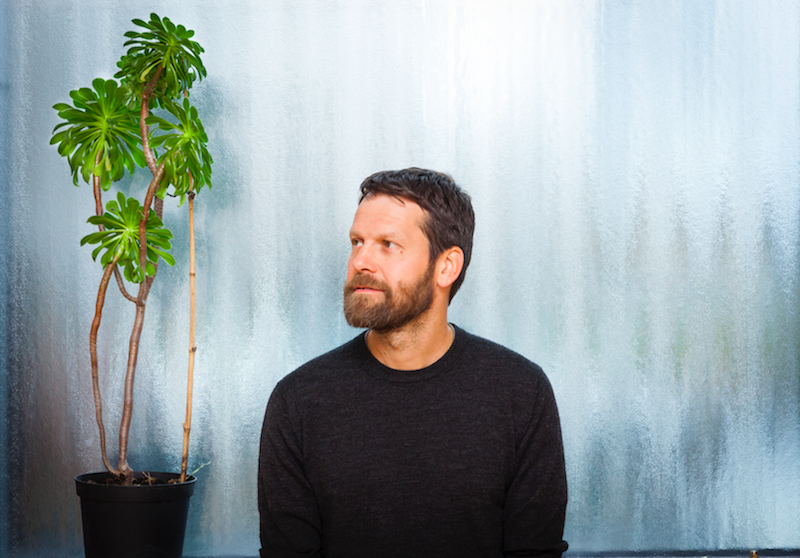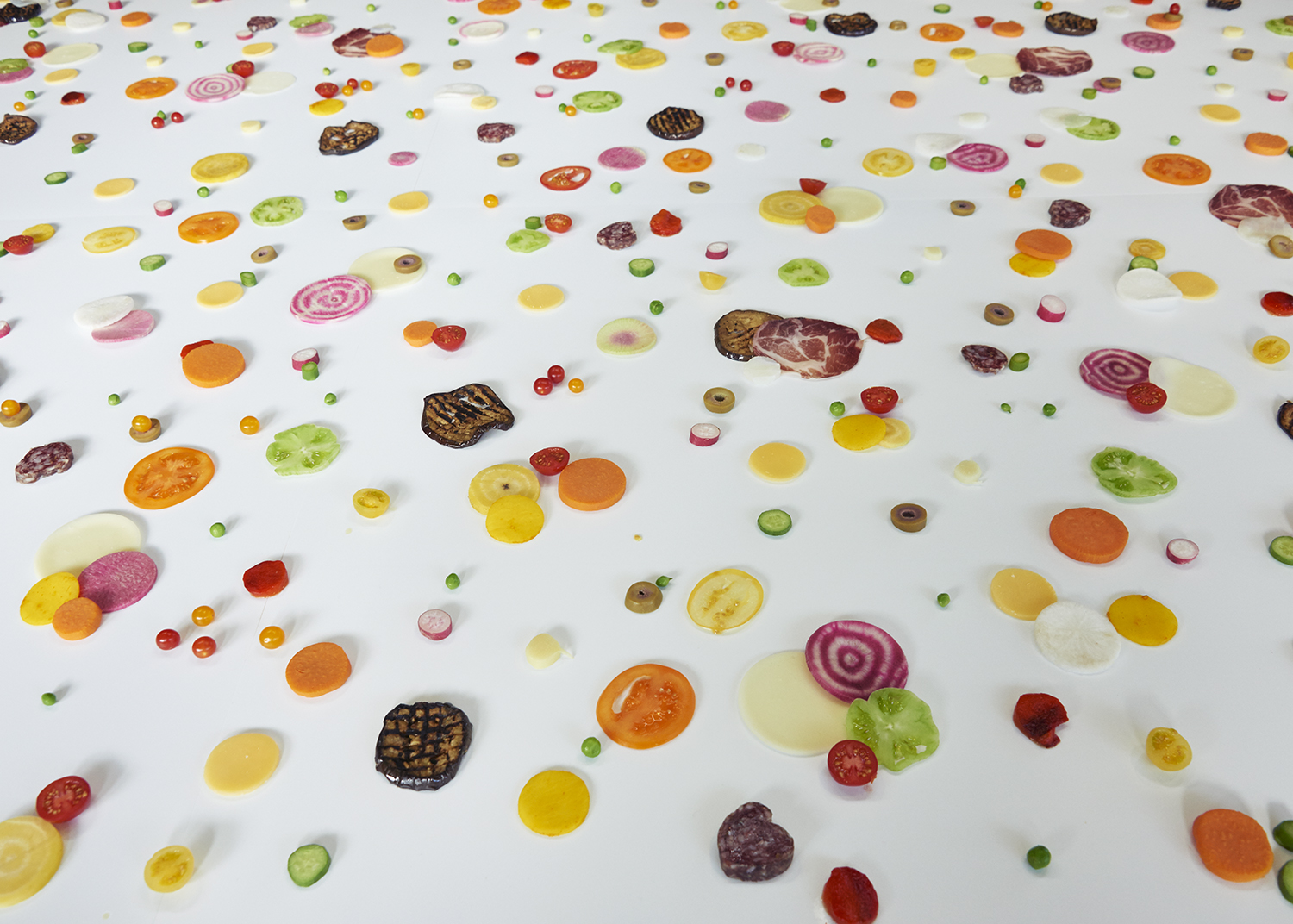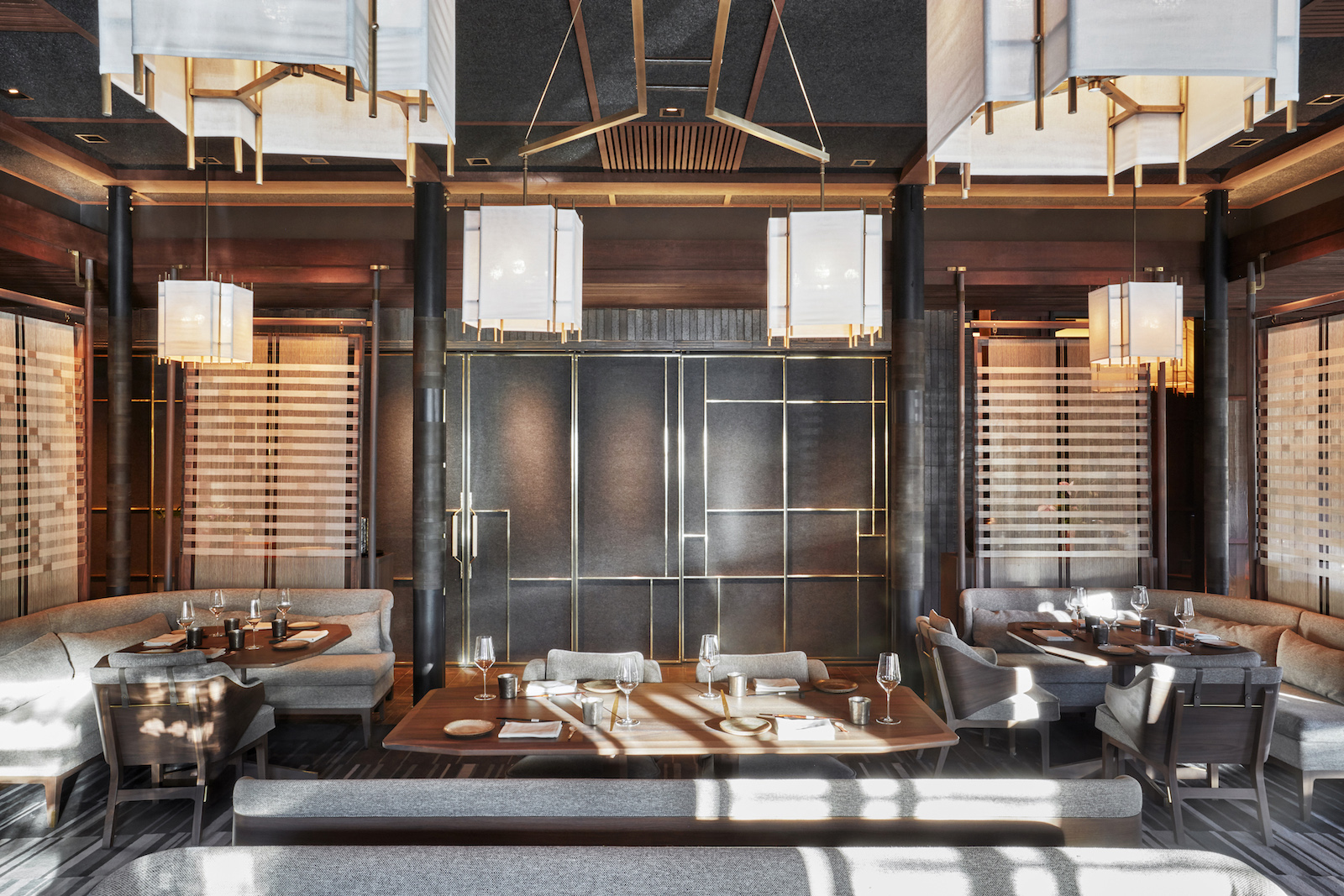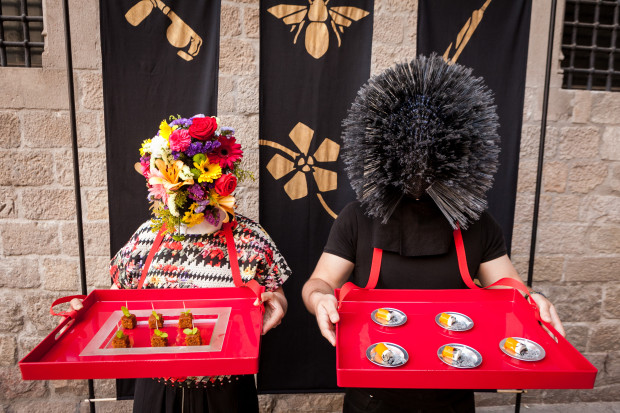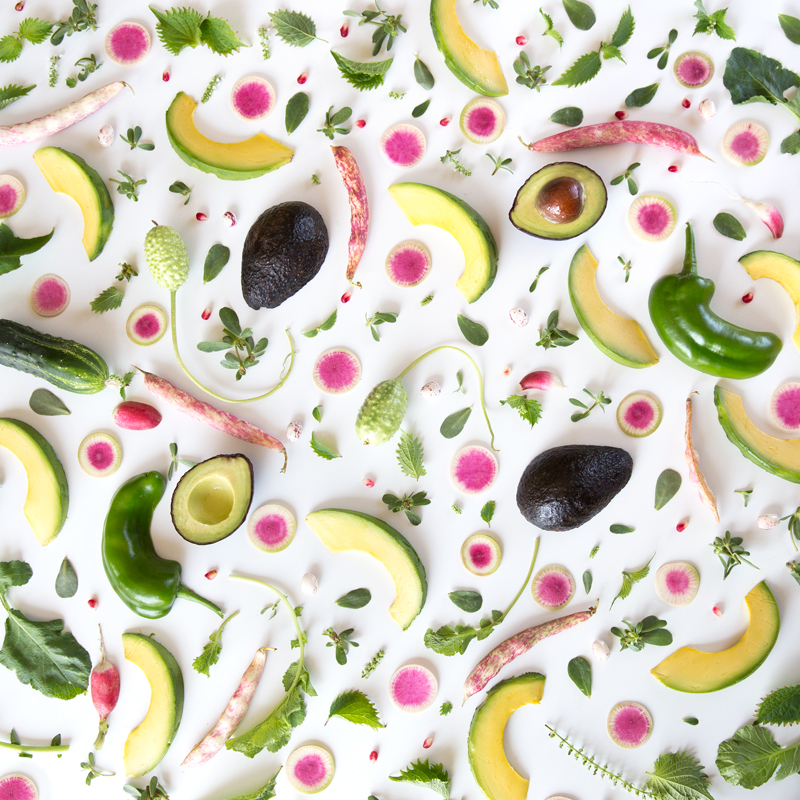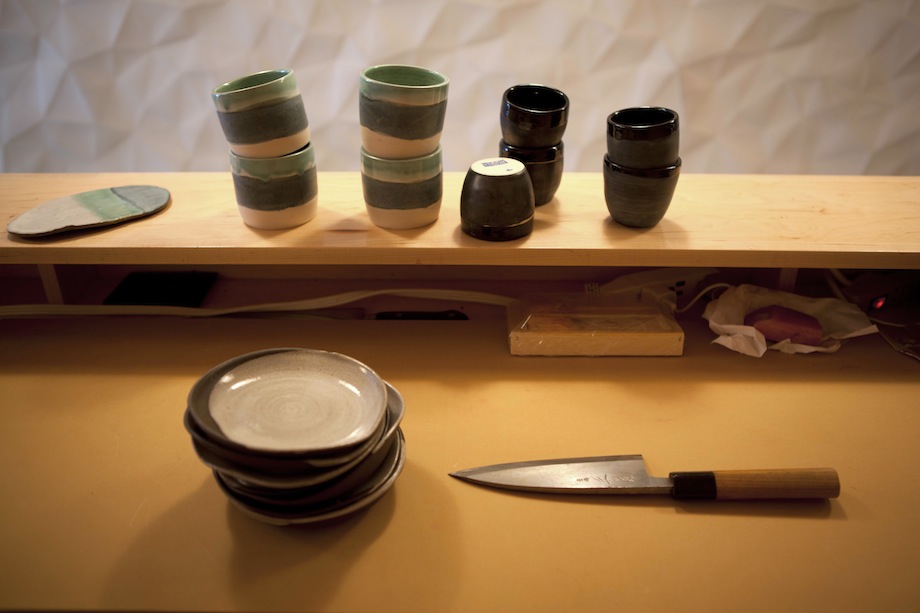Before he received his masters in architecture, David Benjamin, founder and principal of Brooklyn-based firm The Living, had no prior experience in the subject. Still, he enrolled in Columbia’s graduate program “for its interest in digital technologies and experimental architecture,” as it seemed like the perfect balance of creativity and problem solving that he was looking for. Upon graduation, he then started The Living, which has become known for its innovative methods of using the internal structures of living organisms to create larger architectural forms. It’s that kind of thinking that helped them stand out from the pack and win this years MoMA PS1 Young Architects Program for Hy-Fi, a fully recyclable structure made from biowaste. But before we get to that career-changing win, we take a look at some of The Living’s most notable projects to date, and the exciting new work we can expect to see from them in the future.
Though Benjamin and his partners are constantly experimenting with new materials behind the scenes in their sun-drenched work space in the Brooklyn Navy Yards and at the Architecture Lab at Columbia, where Benjamin also teaches, he points to two major projects that made their work visible to the public for the first time in 2009.
Living Light, Seoul: a permanent outdoor pavilion in the heart of the city (commissioned by City Gallery and the Municipal Government) that displays data about air quality as well as the public’s current interest in the environment via a dynamic skin that blinks and glows accordingly. Visitors can even send the pavilion a text message and it will text them information back.
Amphibious Architecture, New York: a temporary floating installation on the East River (commissioned by the Architectural League of New York for Toward the Sentient City exhibition) that, like Living Light, blinks and glows as it provides the public with information about the relationship between life above and below the water. Visitors were also able to text the structure and receive information, “and then you them in your phone book,” Benjamin says. “All of a sudden, the East River is in your contacts.”
http://vimeo.com/6984048
But key for Benjamin is going beyond the initial “wow” factor; creating projects with a wider social impact is at the heart of his practice. “It was important for us to get the experiments out into the public space where it wasn’t just technology solving a technology problem, but where it was related to society, people, and urbanism.” Which is where the real challenge lies: using a public installation to spur social change.
That’s something he hopes to address in his next Amphibious Architecture project, a 200-foot-long floating pier in the East River (created in collaboration with artist and engineer Natalie Jeremijenko) that addresses the redevelopment of Pier 35 by turning mussels into live sensors. “We want to include the ability to feed the fish with a type of fish food that draws the heavy metals out of them,” Benjamin explains. “So by being aware of them, you have the option to take action.” Other future projects will push the limits of computational design to “explore things using the computer that wouldn’t be possible otherwise,” like designing entire ecosystems, not just single, static objects. Stay tuned for:
Hy-Fi pavilion at PS.1 MoMA (Summer 2014): Watch how Benjamin and his partners use nothing more than cornstalks and mushrooms to build the low-impact, 100% recyclable bricks used in their award-winning summer pavilion in our exclusive video.
The Princeton Architecture Lab (Fall 2015): A research and development center for exploring future architecture technologies like “robotic arms doing digital fabrication, sensors embedded in buildings, and new types of interactivity based on data…things we’re already interested in, so now we’re making a building for ourselves, almost.” One of the most exciting aspects? “The building itself will be thought of as a research instrument, just as a biologist has a microscope as a research instrument. If students want to test new façade systems, we deliberately have an open frame in one part of the building where researchers can build new façade elements, plug them into the frame, and test out how they do for solar shading or insulation. The same with the roof. It’s an open roof and people can experiment with new roof elements, like photovoltaic panels.”
Bio Computation: Working with synthetic biologists to cut and paste DNA to create new kinds of living systems that can solve human problems. By way of an example, Benjamin walked us through how to use the biological algorithm behind the intricate lattice structure of a typical xylum cell found in the stem of a plant to create something else, as in something besides more xylum cells. What this means, practically speaking, is growing xylum cells individually (as opposed to growing the entire plant) in any form you want by carving that shape into small glass plates, like “an L shape, a chair shape, a skyscraper shape, or an stadium shape. You wouldn’t grow a stadium in this case, but you could grow the design on a tiny scale, capture it, put it in your computer, and scale it up.”
Bacterial 3D Printing: Why use an inorganic plastic to 3D print your prototypes when you can let bacteria do the work for you, sustainably? By using different types of bacteria—one kind like that secretes a rigid, white, bonelike material, and another that secretes a clear, flexible, cellulose-like material—you can make stronger, more efficient, and lighter-weight prototypes (and even sheets of materials), no 3D printer set up required. “We can engineer bacteria to do these interesting things and make physical materials that can make a new kind of material that we’ve never seen before. We’re taking biology and using it to compute things and apply it to human scale to create a new type of design.”

